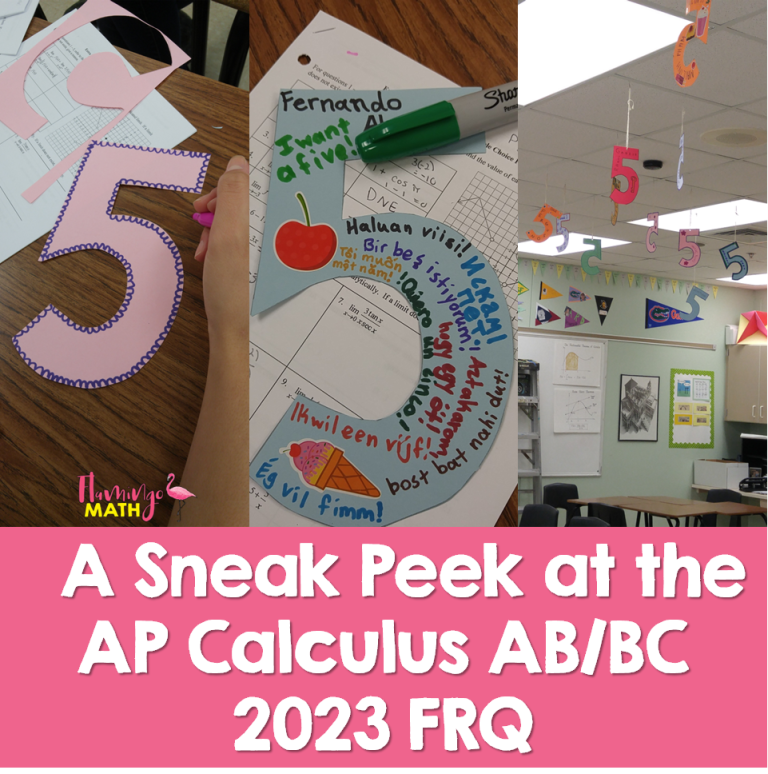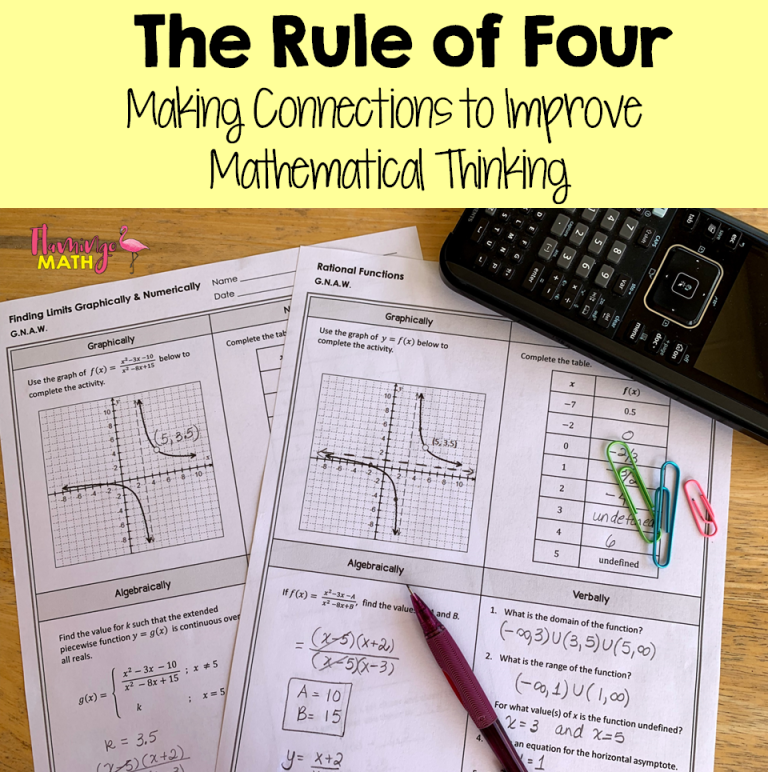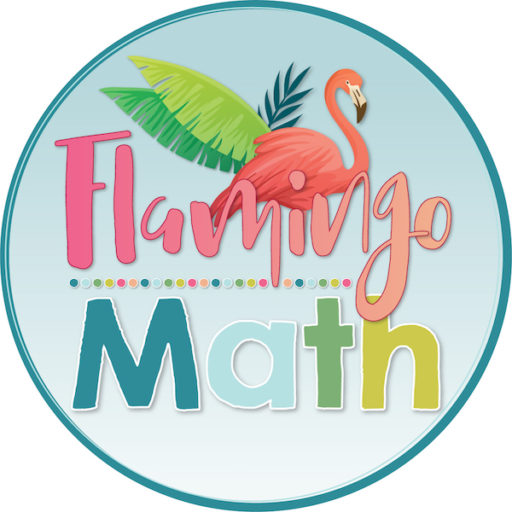Have you heard the latest news from the College Board? Coming to a district near you, the newest AP course … AP Precalculus. …will be on board this fall. Like many others, I wondered who this course was designed to attract? After some research through the official documents and course resources found on AP Central , I was excited to see the course would provide upcoming precalculus students the opportunity to earn college credit.
Students in this new high school course will receive 140 days (hours) of instructional time which helps them build sufficient skills needed to succeed in higher-level mathematics. The high school classroom provides students with a familiar, caring environment. Students and teachers both benefit from AP digital resources and AP Daily Video lessons. Teachers have the added help of professional training and resources to complement their instructional time.
A New Point of View . . .
What does this new class look like from a teacher’s viewpoint? How is it different from your current precalculus course? Can we still use our tried-and-true lessons or does our mindset need updating?
Let’s Keep the Main Thing, the Main Thing
After searching through the new standards, learning objectives and mathematical practices a few things stand out in my mind. I see 3 BIG IDEAS in this new course.
- MODELING – students will construct functions that model a bivariate data set or a contextual scenario.
- EQUIVALENT REPRESENTATIONS – students will be expected to model functions using the Rule of Four approach graphically, numerically, algebraically, and verbally.
- CHANGE IN TANDEM – students will explore and be able to justify how two quantities change with respect to each other, this is known as covariance. As input values increase over equal-length intervals, output values vary proportionally.
A Paradigm Shift Incoming
Other key elements that stand out about the differences between AP Precalculus and other Precalculus courses are:
1. Condensed topics and new topics
2. Function modeling and choosing appropriate models
3. Building deeper understanding about rates of change
4. More communication, reasoning, and justification
5. Increased use of technology
Noteworthy Changes to Instructional Practices
● In the new AP Precalculus course, there are some topics that will not be included. For example, only radians are used for angle measures, no degrees. Other notable topics missing are right triangle trigonometry, rational root theorem, synthetic division, half-angle identities, Law of Sines and Law of Cosines, Tangent sum and difference identities, series, sigma notation, factoring polynomials of degree 3 or greater, and partial fraction decomposition.
It’s important to note that some new topics will appear to fill the rigor of the course. You will see limit notation for end-behavior and vertical asymptotes, estimating instantaneous rates of change, estimating points of inflection, concavity, relative and absolute extrema which includes being able to justify where a function changes from increasing to decreasing. Some of the bigger concepts are finding regression functions, residual plots and semi-log plots.
● While most Precalculus courses have a unit covering function concepts, in AP Precalculus the theme of functions will be woven throughout the entire course. Unit 1 will focus on polynomial and rational functions, Unit 2 will address exponential and logarithmic functions, Unit 3 introduces both trigonometric and polar functions, and finally, Unit 4 will explore functions involving parameters, vectors and matrices. Students will choose and validate appropriate function models for data sets and graph polar functions as well as find rates of change for these functions.
● There is a definite focus on using multiple representations of functions where students are expected to be fluent in graphical, algebraic, numerical, tabular, and verbal communication about functions.
● An increased emphasis is placed on communication and justification related to numeric solutions. Students will be expected to interpret their answer in relation to a given scenario, justify their answer and reason through constraints that arise from a function model.
● There is a greater use of technology in the AP Precalculus course. Students will be expected to use a graphing utility with skilled proficiency to analyze key characteristics of functions, finding regression models from a data set, and adjusting the window to view key elements of a graph.
What Next from Flamingo Math?
If you are slated to teach the new AP PreCalculus course this fall (2023), Flamingo Math has been working to create new resources that are aligned to the course and exam description standards. We have a team of teachers that are offering feedback based on their experience as APSI consultants and readers.
Timeline for the New AP PreCalculus Growing Bundle:
- July 2023: Guided Notes, practice sets with Google Slides
- August – December 2023: Editable assessments and review assignments
- January – June 2024: Cooperative Activities
If you have taught an AP course before, you know there are subtle ways the exam can test students to reveal whether the concepts and learning objectives have been met. It will take time and experience to create the ideal set of resources to meet your students’ needs. We are committed to providing resources with the rigor and depth you need to develop your best teaching tools.
Stay in touch, it will be an exciting journey together.





